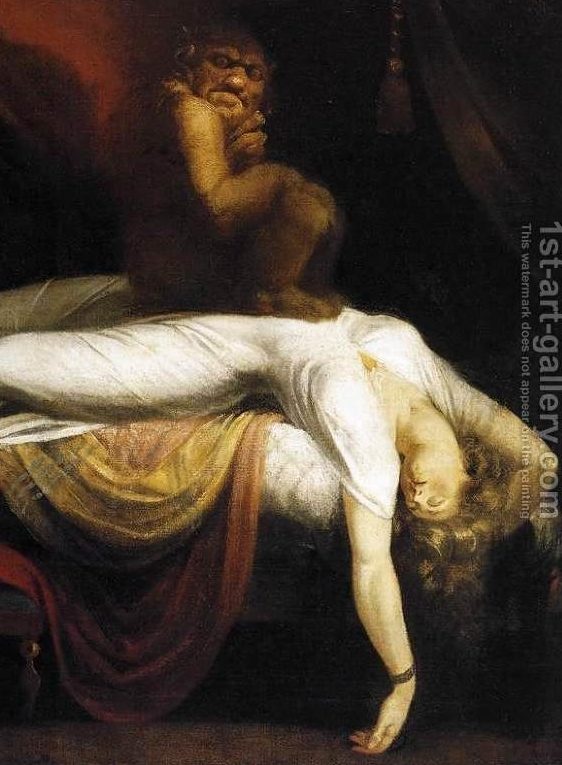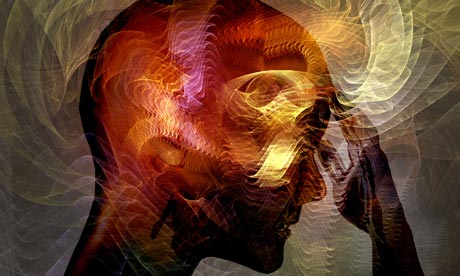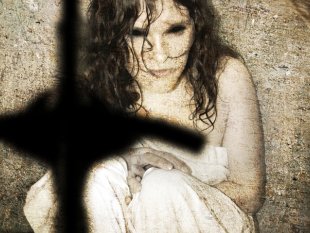Using our unique Protocol, 80% of cases of suspected spirit possession are resolved in one session lasting an average of just eight minutes. Here is the evidence.
This research was made possible by the contributions of dedicated research collaboration and private pledges of just $10 per month. This is to say a big ‘Thank you‘ to our Patrons for your support during 2019. Without your support this research would not have been possible. For further analysis and case studies join our Patrons and share in our success as we break new ground in the treatment of suspected spirit possession. Click on the link below for the first test report.






